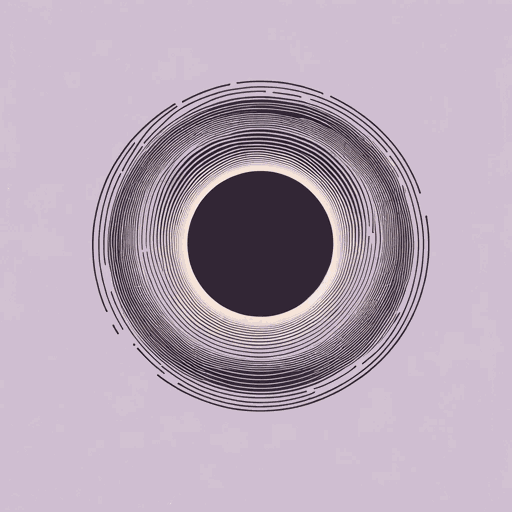54 pages • 1 hour read
Stephen HawkingBrief Answers to the Big Questions
Nonfiction | Book | Adult | Published in 2018A modern alternative to SparkNotes and CliffsNotes, SuperSummary offers high-quality Study Guides with detailed chapter summaries and analysis of major themes, characters, and more.
Key Figures
Stephen Hawking
Stephen Hawking (1942-2018) was one of the most prominent physicists of the 20th and 21st centuries. His papers on the origin of the universe and on black holes changed science’s views on how reality works. A professor and researcher at Cambridge University for nearly 40 years, Hawking was one of the youngest scientists admitted to the Royal Society, Britain’s premier science academy. He held the Lucasian Chair in mathematics at Cambridge, a position that Sir Isaac Newton once held. In addition, Hawking also had a fruitful working relationship for several decades with the California Institute of Technology in Southern California.
In his adult life, Hawking developed a rare illness, a type of motor neuron disease called Amyotrophic lateral sclerosis (ALS)—also known as Lou Gehrig’s disease—that gradually paralyzed him. Increasingly dependent on wheelchairs and assistants, Hawking learned to use computers to communicate. He trained himself to do equations in his head by translating them into geometric shapes.
His marriage to Jane Wilde produced three children, including Lucy Hawking, a writer and educator (who wrote the Brief Answers Afterword). The stresses of his illness proved too much, and the marriage dissolved in 1995. He then married one of his caregivers, Elaine Mason, who was accused of taking advantage of him; they divorced in 2006, and he again became close to his original family.
Related Titles
By Stephen Hawking



